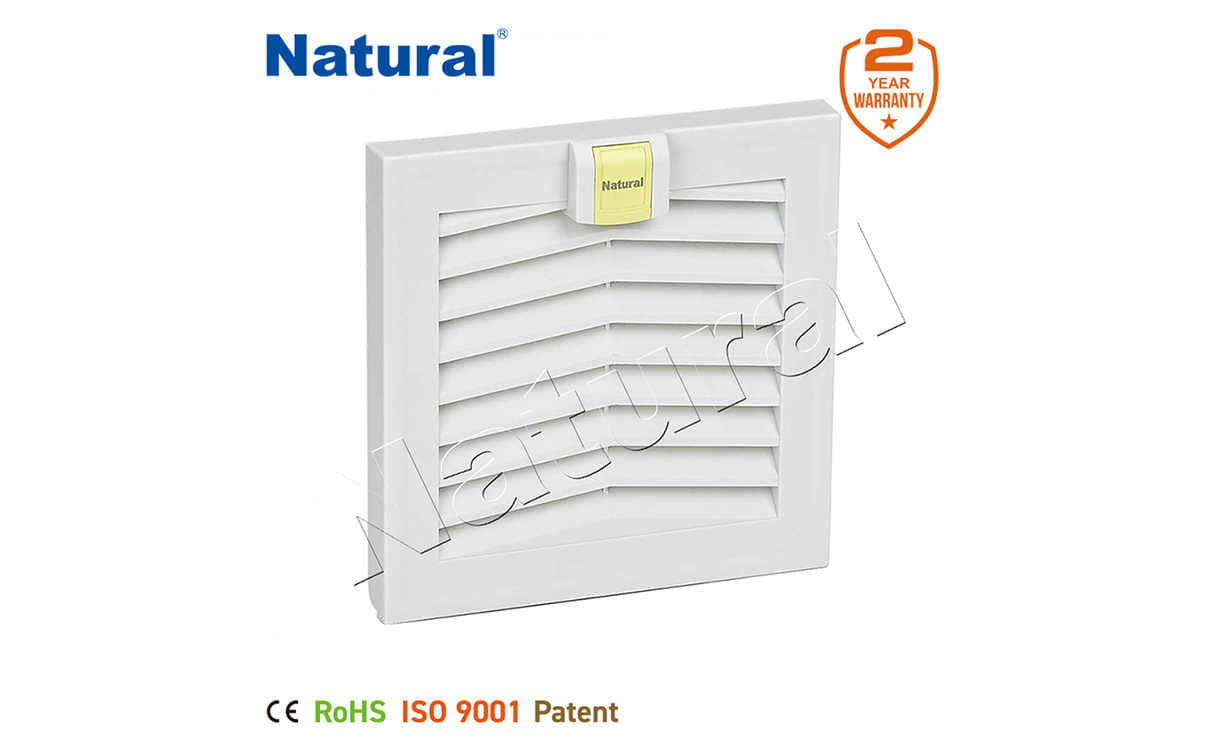 28 items Patent
28 items Patent
 28 items Patent
28 items Patent
 28 items Patent
28 items Patent

In recent years, the importance of indoor air quality has gained significant attention, leading to an increasing demand for devices that can help purify the air we breathe. Among the various air purification solutions available, the fan air filter stands out as an effective and versatile tool for improving air quality. This article delves into the design, functionality, advantages, and considerations when using fan air filters, ultimately highlighting their potential in maintaining a healthier indoor environment.

At its core, a fan air filter combines the functions of a conventional fan and an air purifier. It utilizes a fan to draw in ambient air, passing it through a series of filters that remove various pollutants such as dust, pollen, smoke, and even microscopic organisms like bacteria and viruses. The purified air is then expelled back into the room, promoting a healthier living space.
One of the key components of a fan air filter is its filtration system. Most fan air filters are equipped with multiple layers of filters, each designed to tackle specific types of contaminants. The preliminary stage often includes a pre-filter, which captures larger particles such as hair and dust, preventing them from clogging the more sophisticated filters that follow. The subsequent layer typically consists of a HEPA (High-Efficiency Particulate Air) filter, renowned for its ability to capture up to 99.97% of particles as small as 0.3 microns. This makes it particularly effective against allergens such as pollen and pet dander, making it a valuable tool for allergy sufferers. Some models also incorporate activated carbon filters that efficiently adsorb odors and harmful gases, contributing to a fresher indoor atmosphere.
